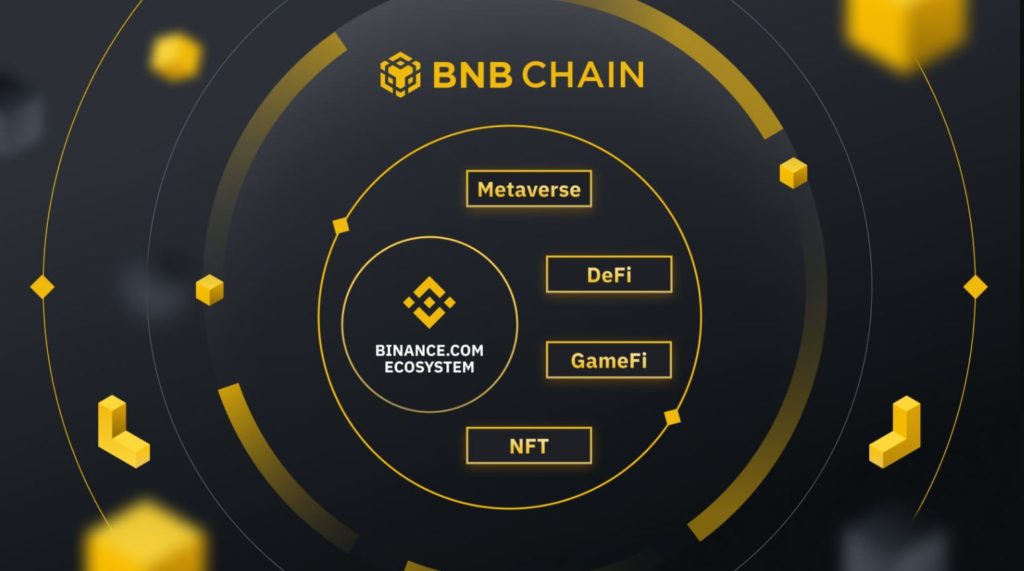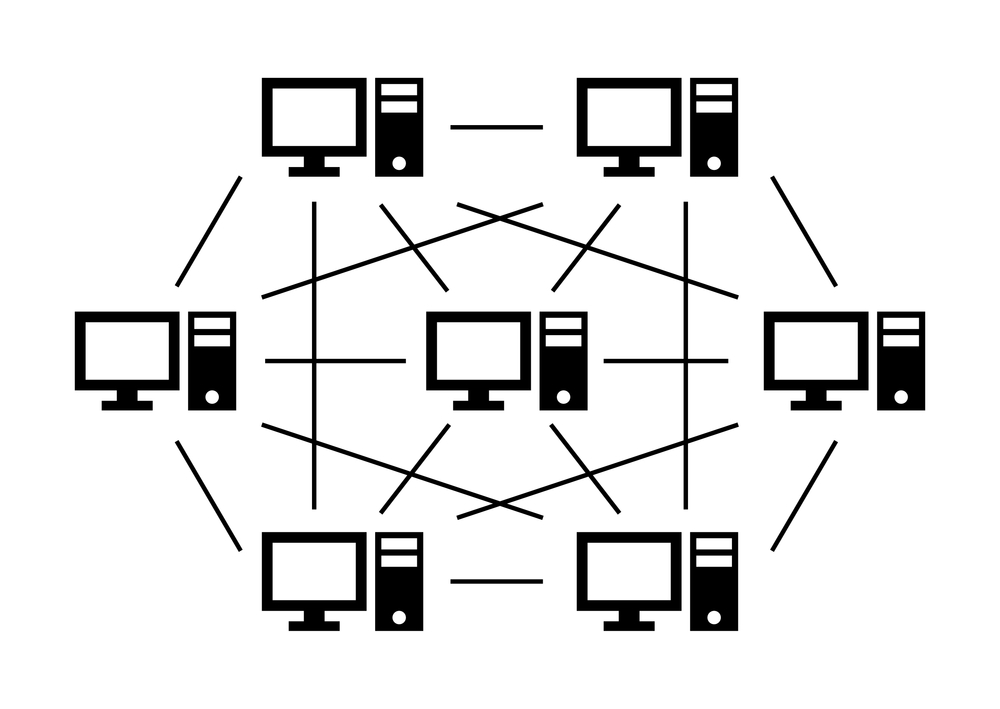Ethereum co-founder Vitalik Buterin has outlined an ambitious plan to scale Ethereum to 100,000 transactions per second (TPS), using rollups as the key to achieving this target. In a new blog post published Thursday, Buterin shared insights into the next phase of Ethereum’s evolution, dubbed The Surge, which is part of the network’s broader Dencun upgrade roadmap.
Buterin’s vision emphasizes keeping Ethereum’s core Layer 1 decentralized while enhancing interoperability and ensuring Layer 2 scaling solutions align with Ethereum’s core principles.
Achieving 100,000 TPS with Layer 2 Rollups
Buterin believes Ethereum’s performance will dramatically increase through the adoption of rollup technology, which processes transactions off-chain while still leveraging Ethereum’s security. He explained that this roadmap integrates advanced techniques like:
- Layer 2 scaling solutions
- Data availability sampling
- Data compression methods
“The rollup-centric roadmap proposes a simple division of labor: the Ethereum Layer 1 focuses on being a robust and decentralized base layer, while Layer 2 solutions handle scaling,” Buterin wrote.
To illustrate, he likened Ethereum’s architecture to a court system: “The court system (L1) isn’t designed to be ultra-fast. It’s there to protect property rights and contracts. Entrepreneurs (L2s) build on this solid foundation to create more efficient systems.”
Avoiding Centralization with a Careful Scaling Strategy
Buterin acknowledged that simply increasing Ethereum’s gas limit could temporarily solve scalability challenges, but it would come at the cost of decentralization. Higher gas limits would require expensive hardware to run nodes, leading to fewer validators and potential centralization risks.
Instead, Buterin advocates for cost-efficient gas fees and the adoption of an improved bytecode format called EOF (Ethereum Object Format), which would further optimize network performance.
Addressing Fragmentation Among Layer 2 Networks
While rollups are essential to Ethereum’s scaling strategy, Buterin expressed concern about the disjointed experience users face across multiple Layer 2s. Each Layer 2 currently functions as a “walled garden,” limiting seamless interaction between chains.
“Ethereum should feel like one ecosystem, not 34 different blockchains,” Buterin noted, emphasizing the need to unify the ecosystem. He suggested introducing standardized chain identifiers to blockchain addresses and enhancing cross-L2 standards to improve interoperability.
User Experience Challenges in a Fragmented Ecosystem
Buterin highlighted the real-world impact of fragmentation with a personal anecdote: he lost $100 on Polymarket, not from a poor prediction, but because he mistakenly used the wrong Layer 2 chain.
“If we are serious about the idea that L2s are part of Ethereum, we need to make using the L2 ecosystem feel like using a unified Ethereum ecosystem,” Buterin explained.
The Road Ahead for Ethereum
Buterin’s blog post underscores Ethereum’s commitment to balancing decentralization with scalability while fostering a seamless multi-chain experience. With The Surge aiming to propel Ethereum to 100,000 TPS, rollups and interoperability will play pivotal roles in the network’s continued evolution.
By ensuring that Layer 1 remains decentralized and Layer 2 solutions can collaborate smoothly, Ethereum aims to provide a scalable and user-friendly platform without compromising its core principles. As work progresses on The Surge and Dencun upgrades, the Ethereum ecosystem is poised to deliver both efficiency and security, positioning itself for broader adoption in the future.





